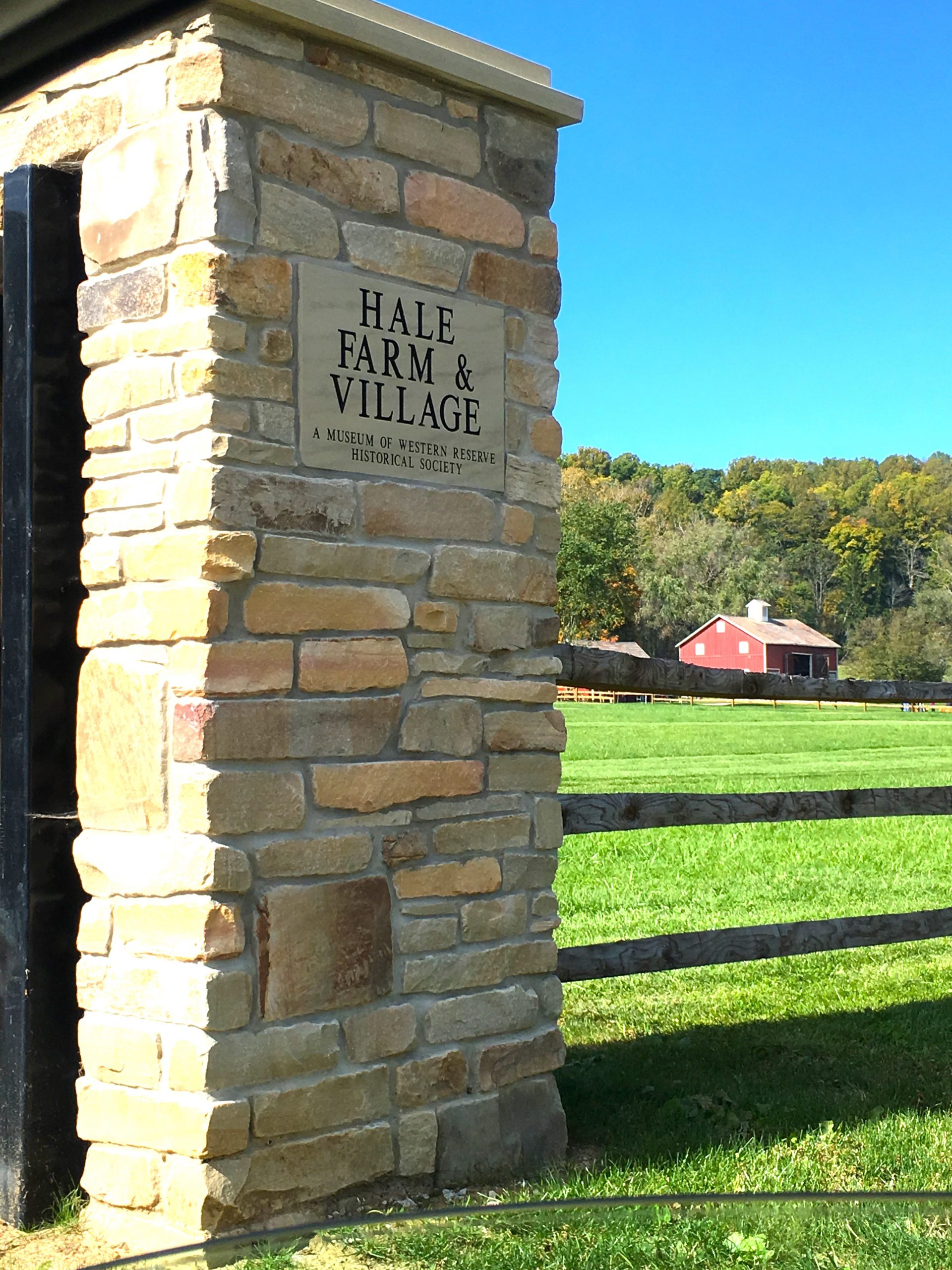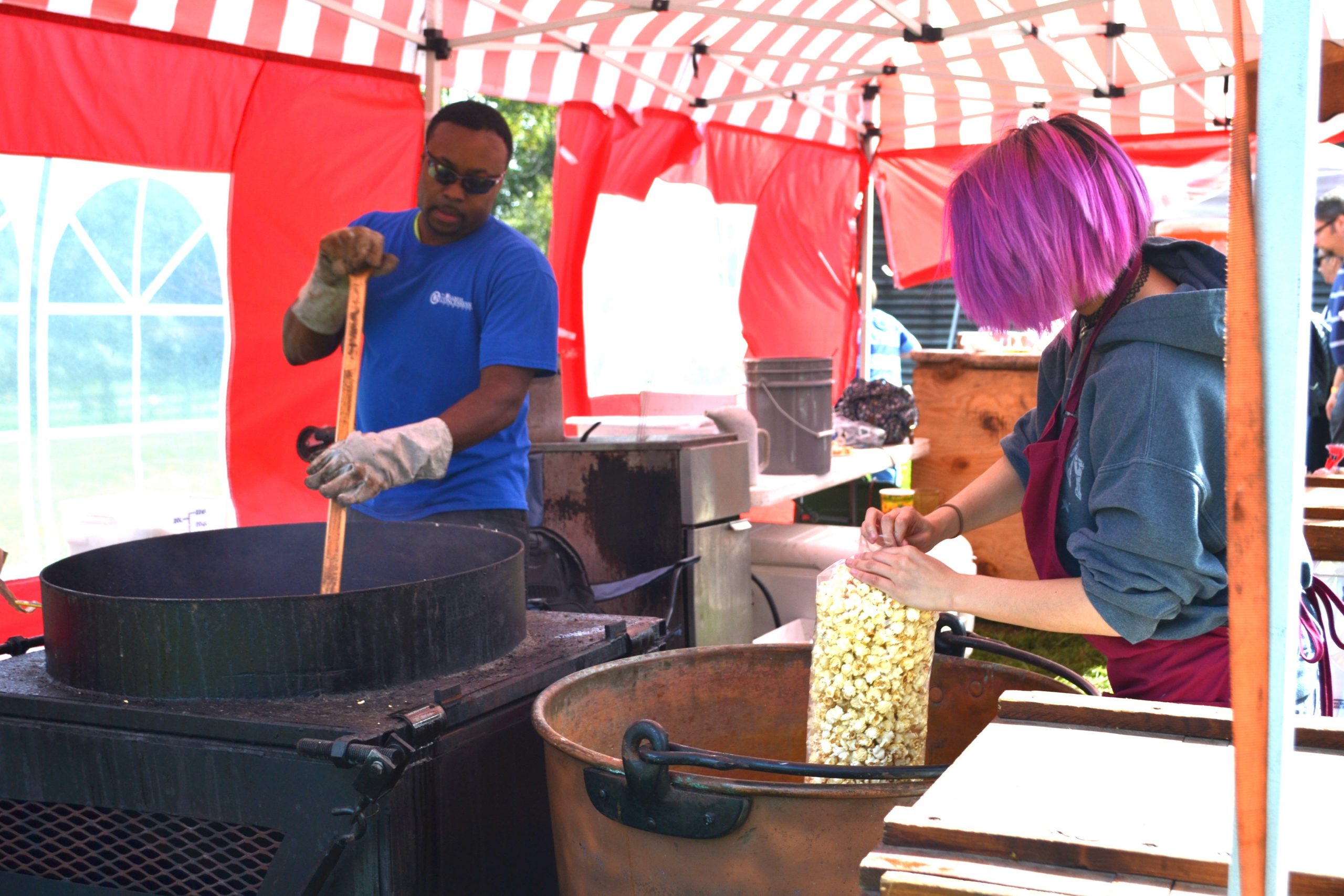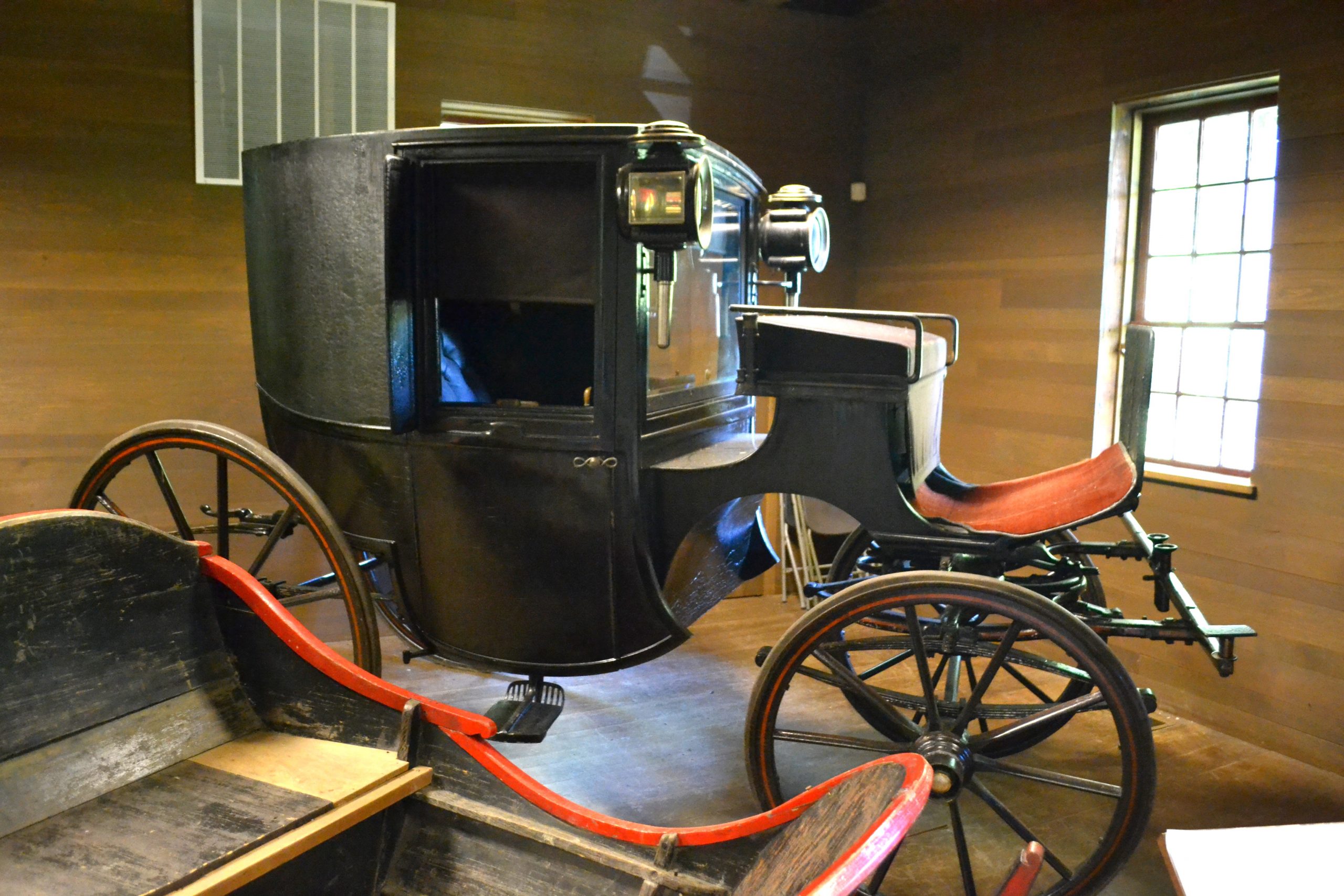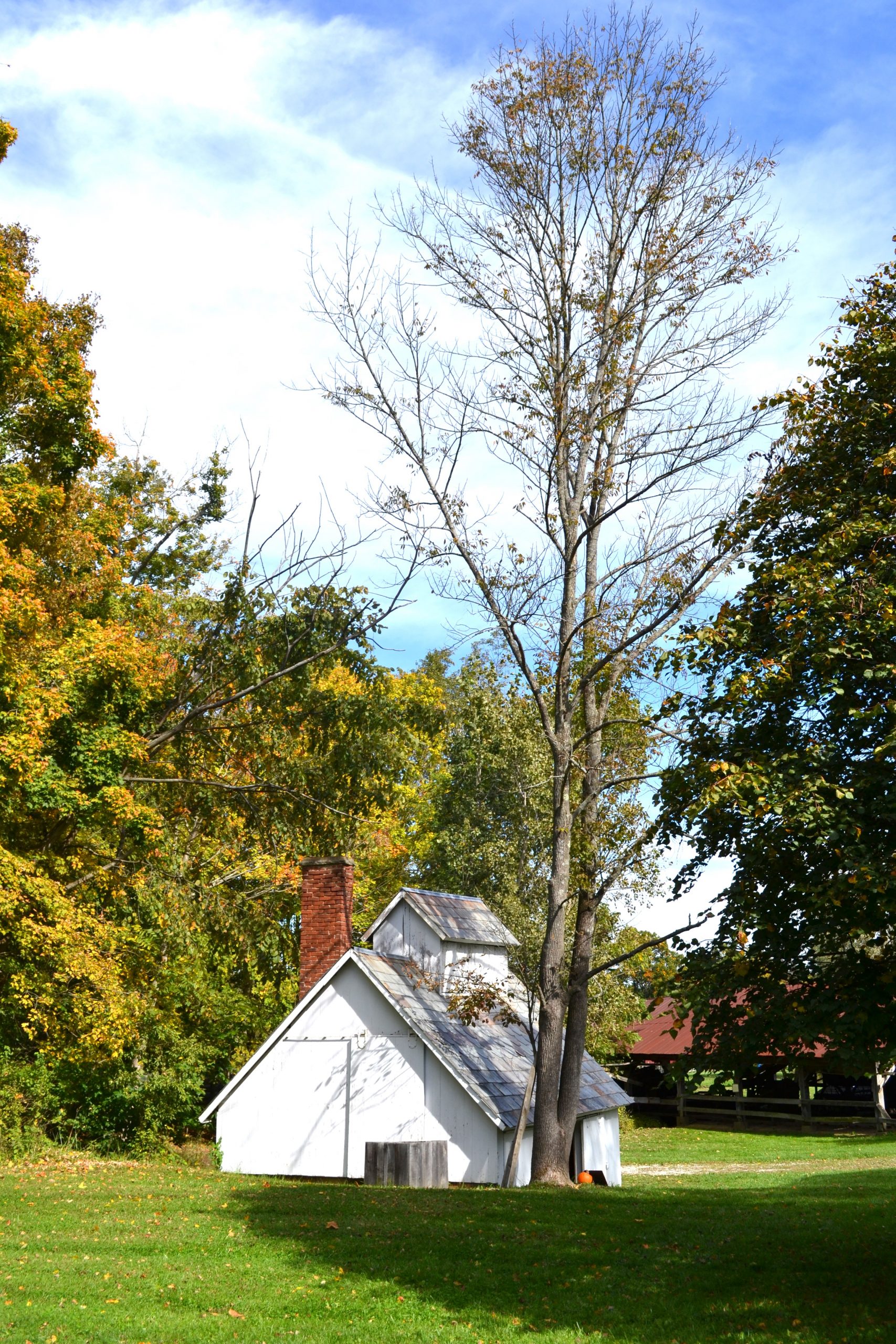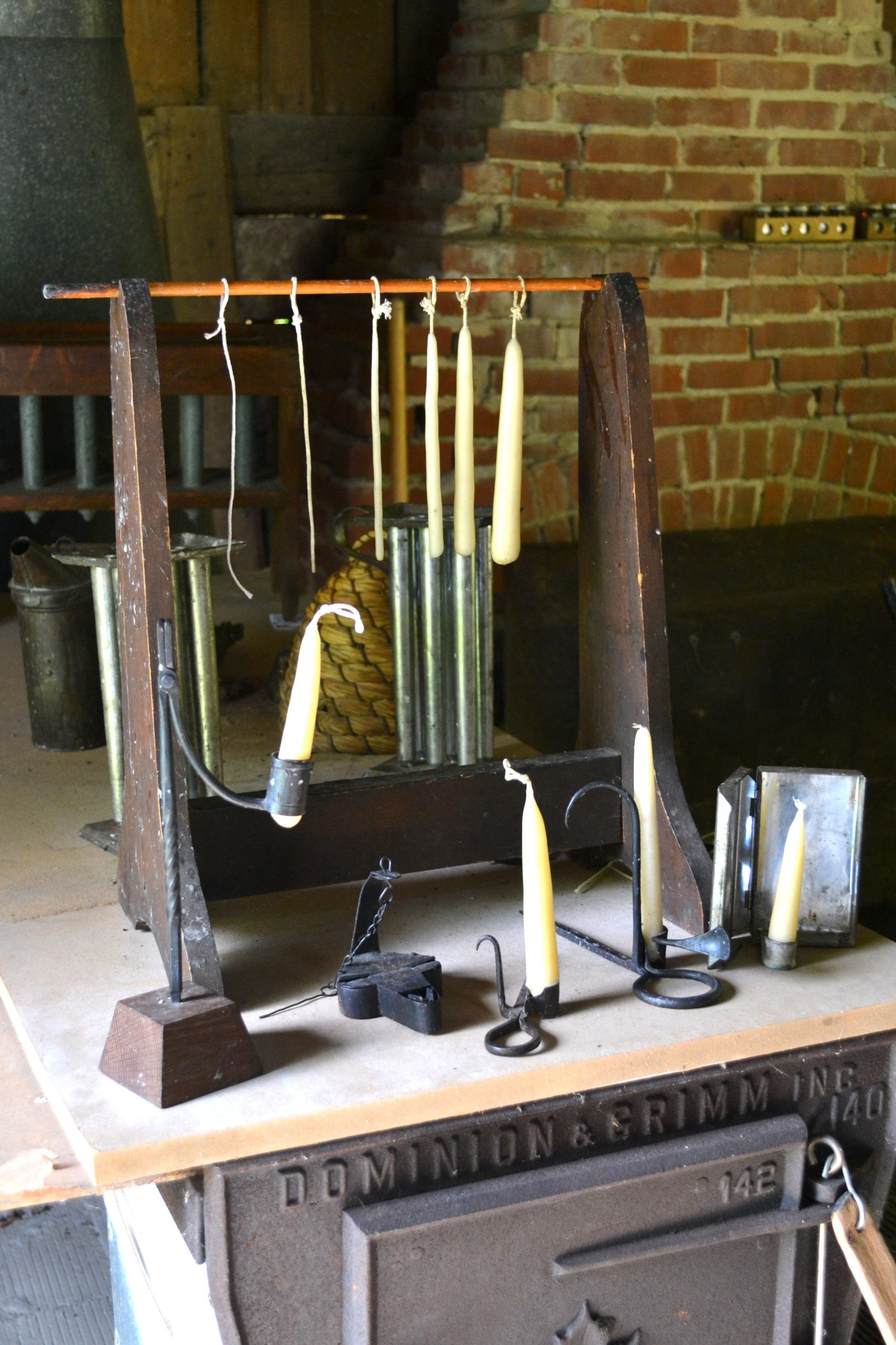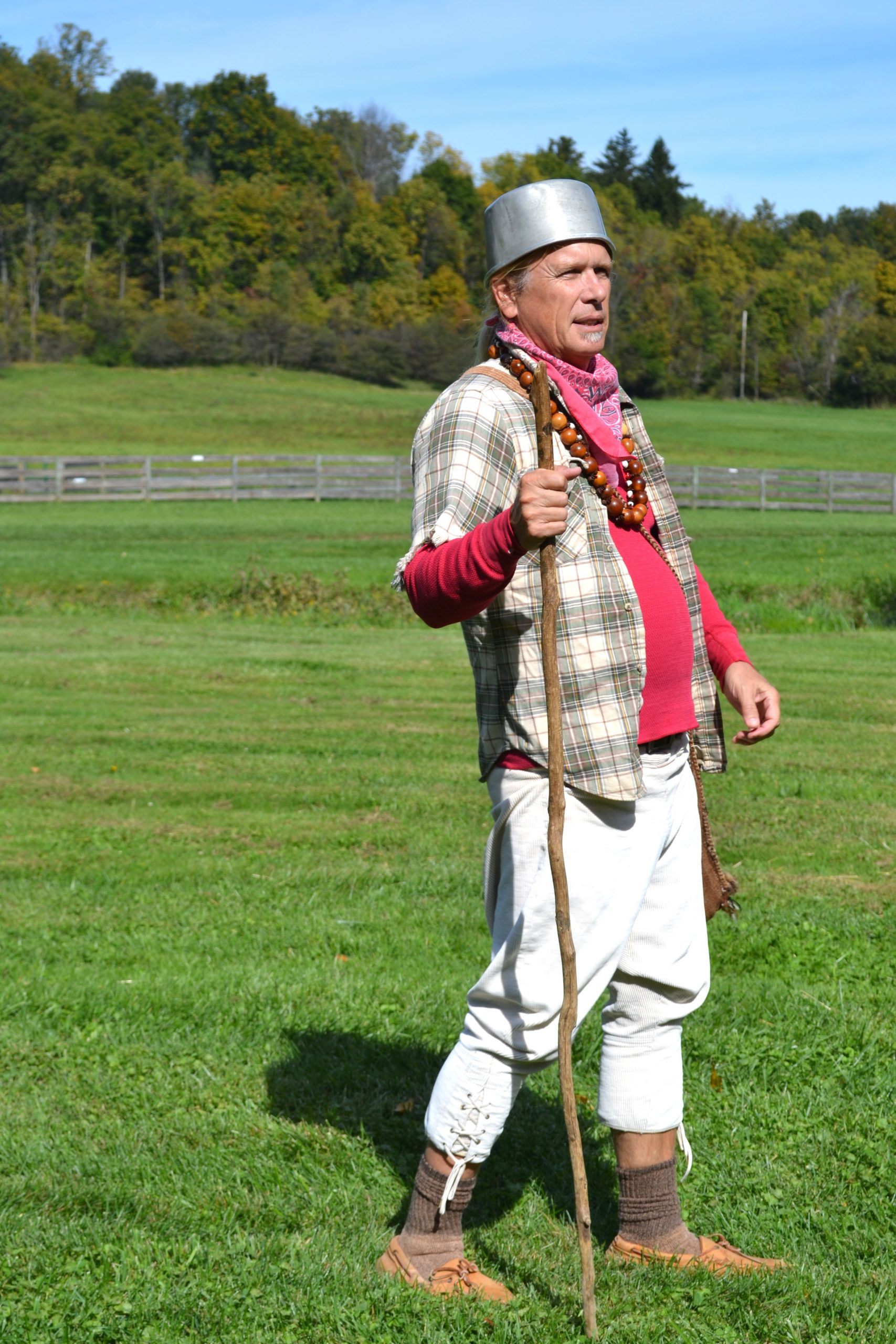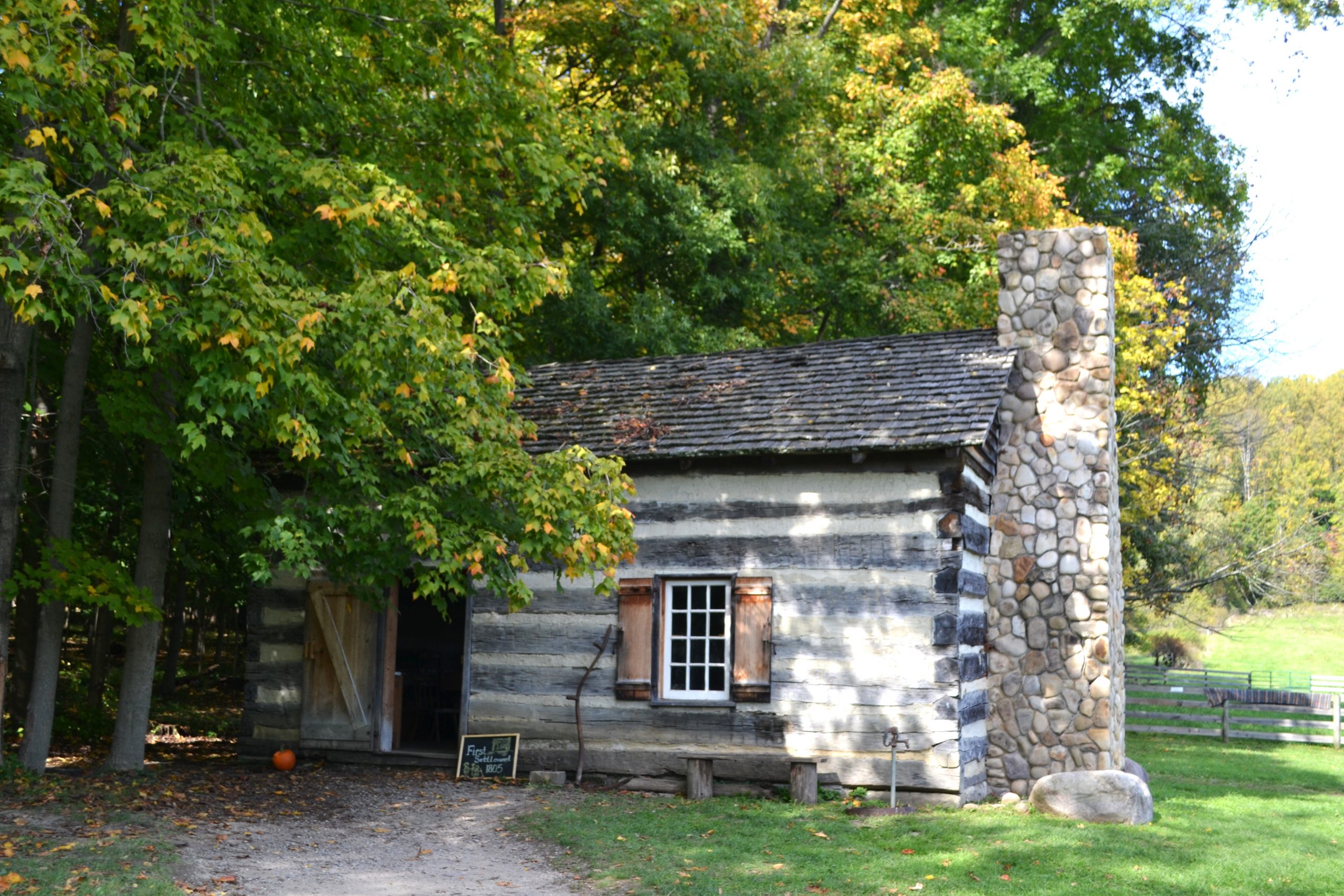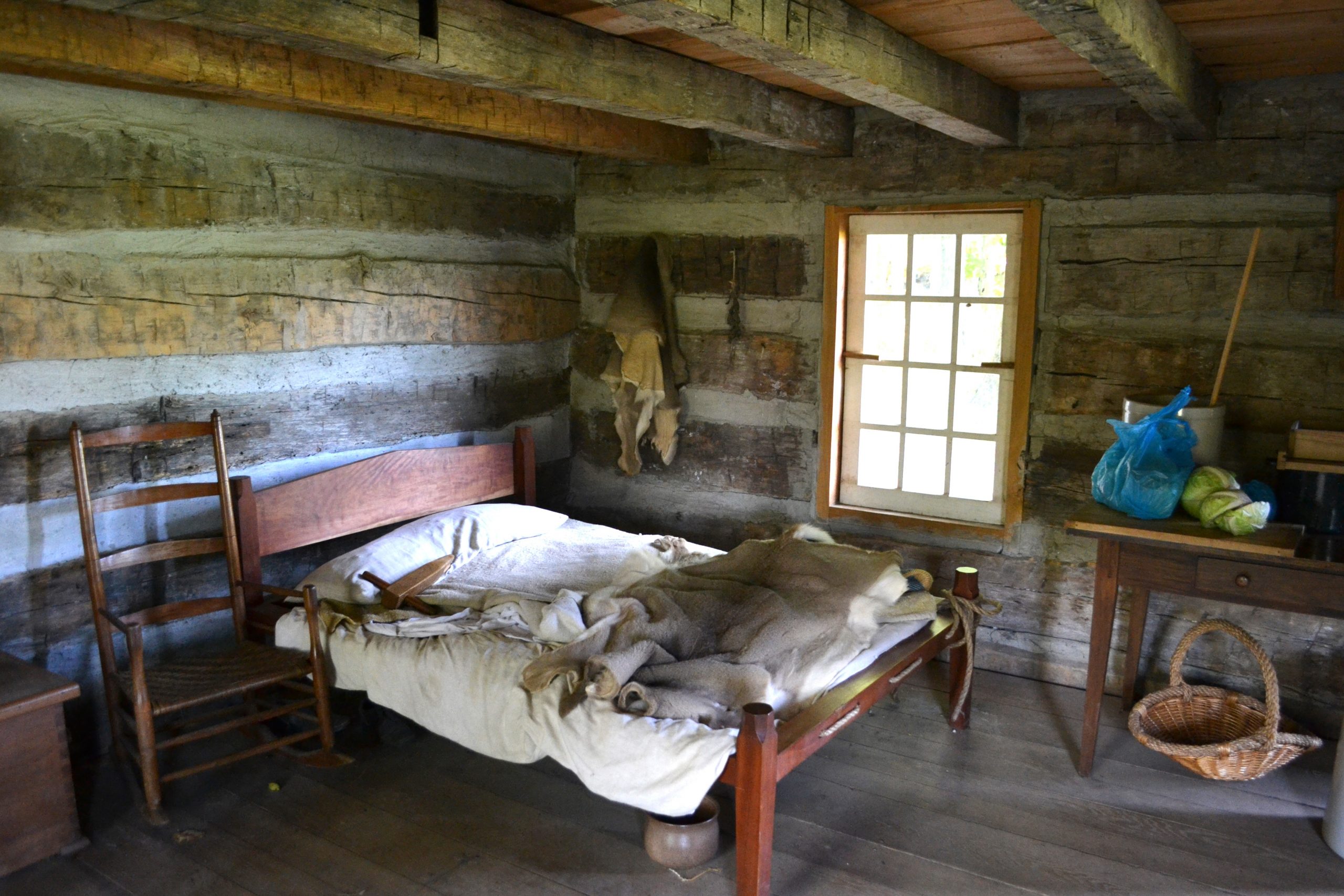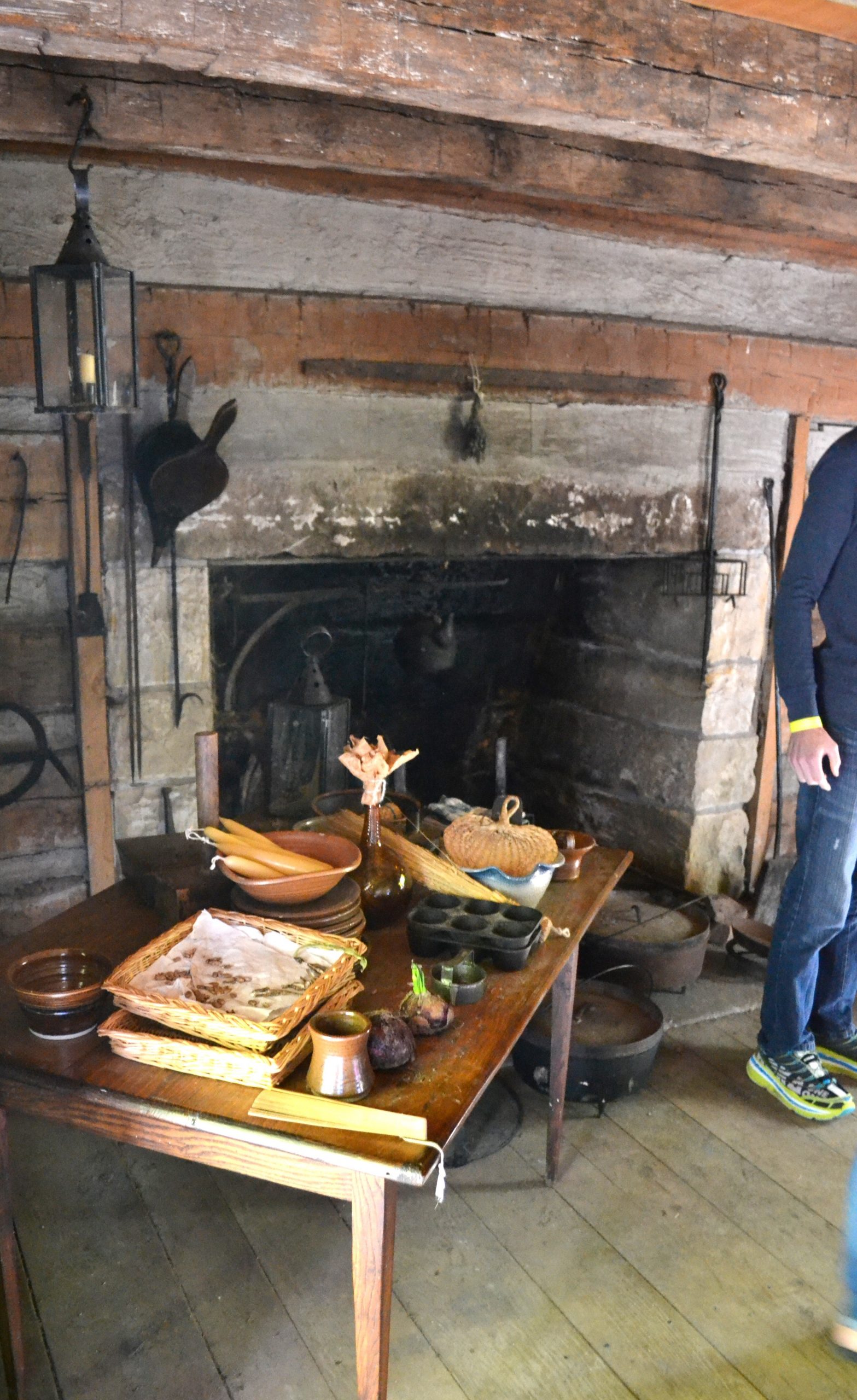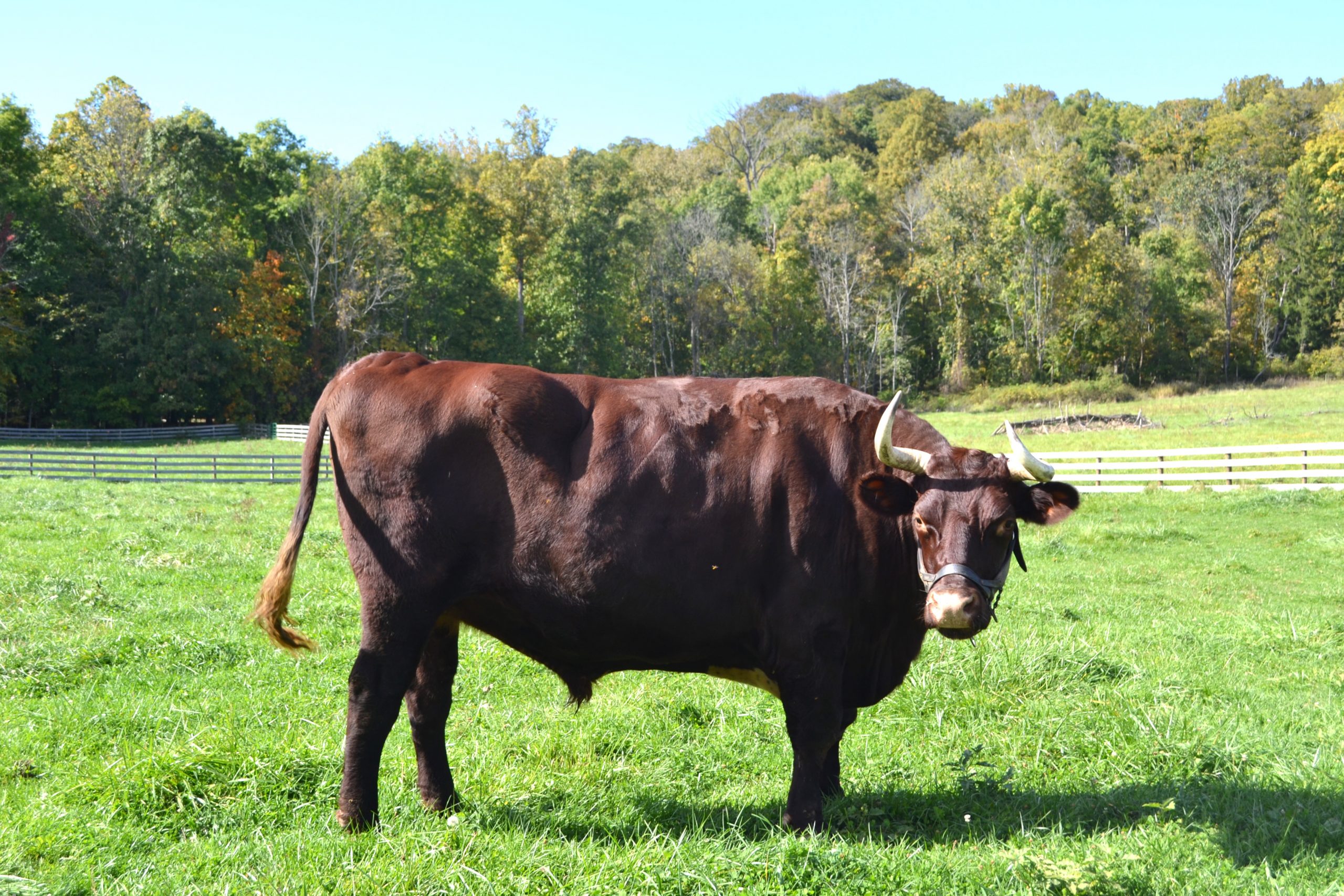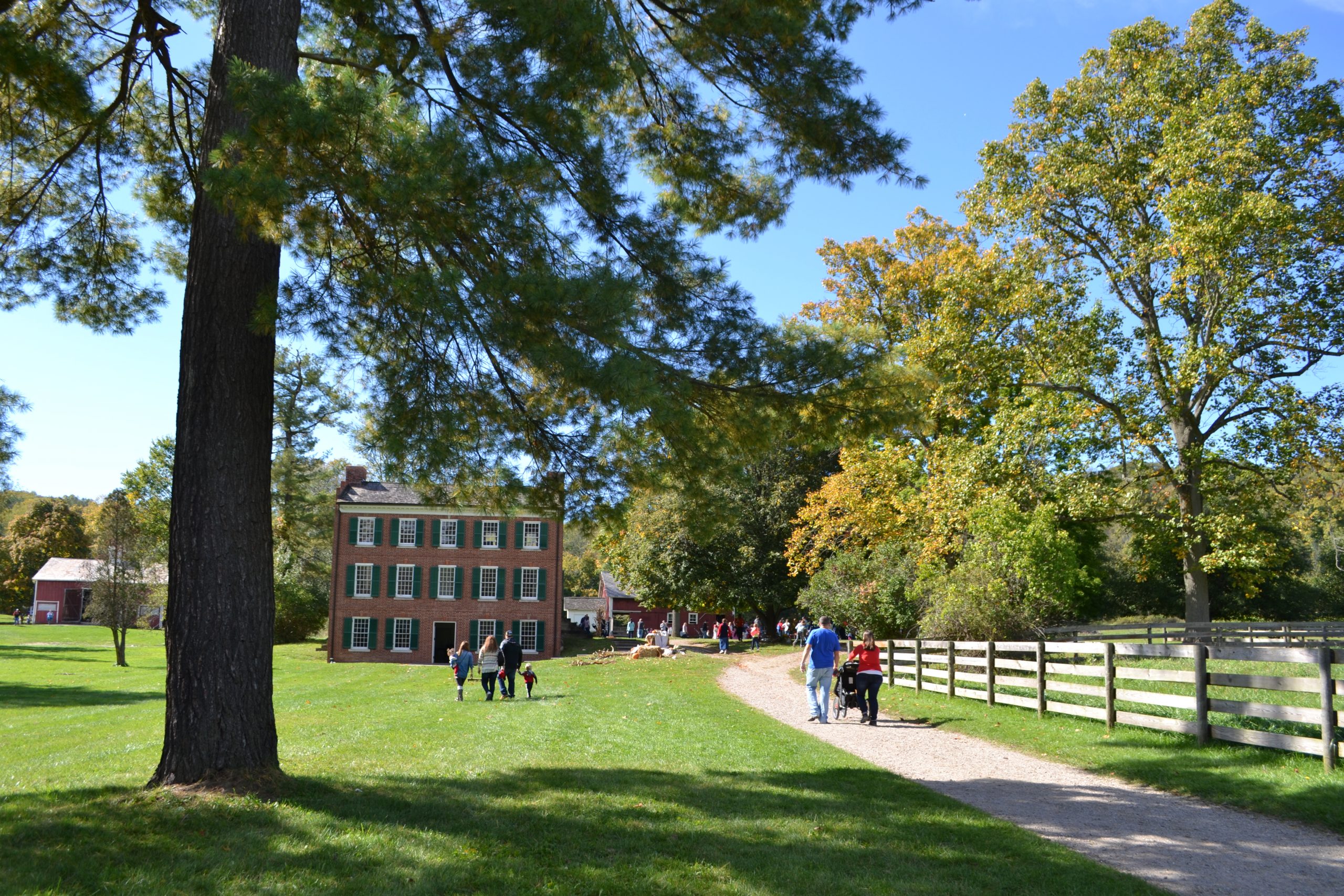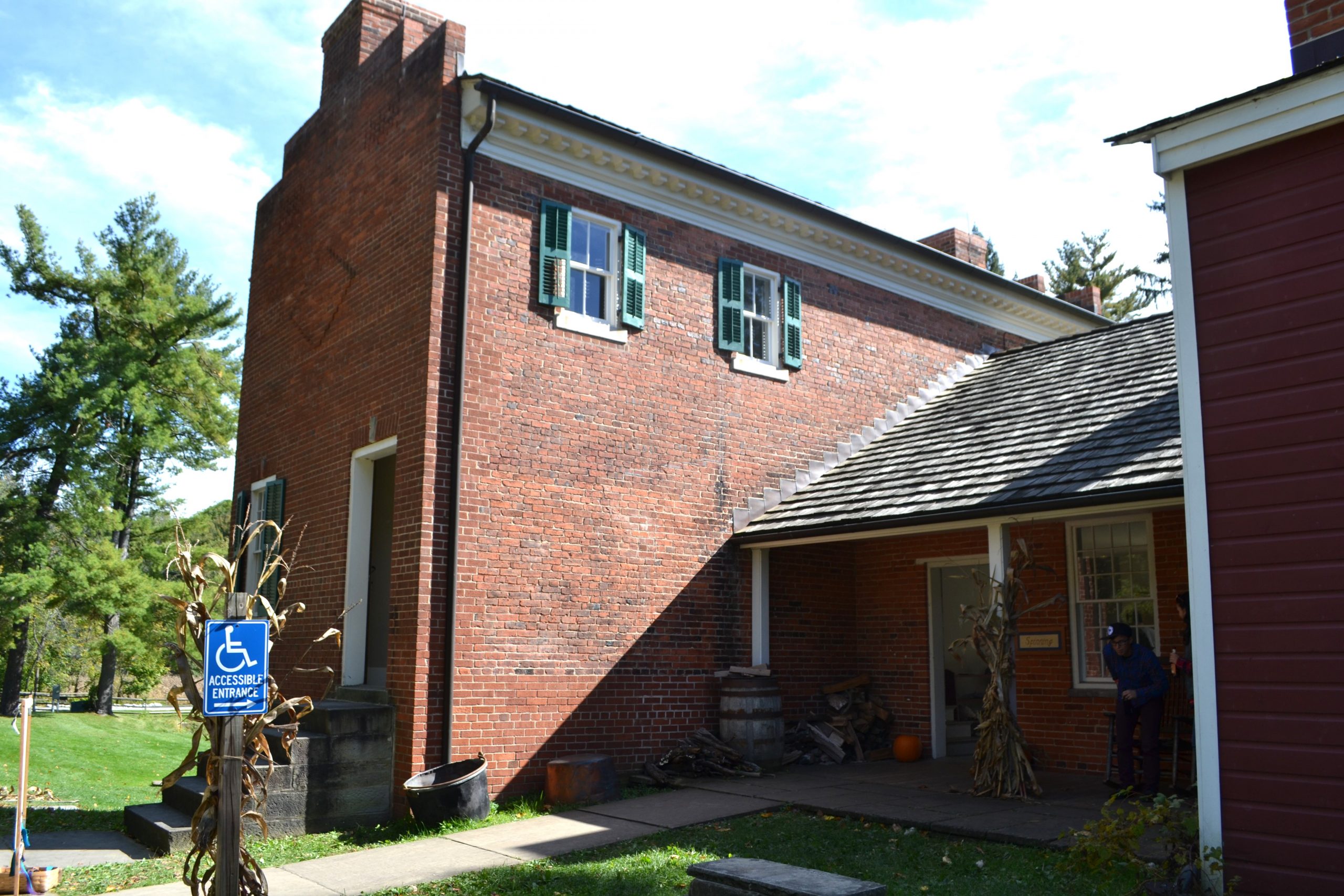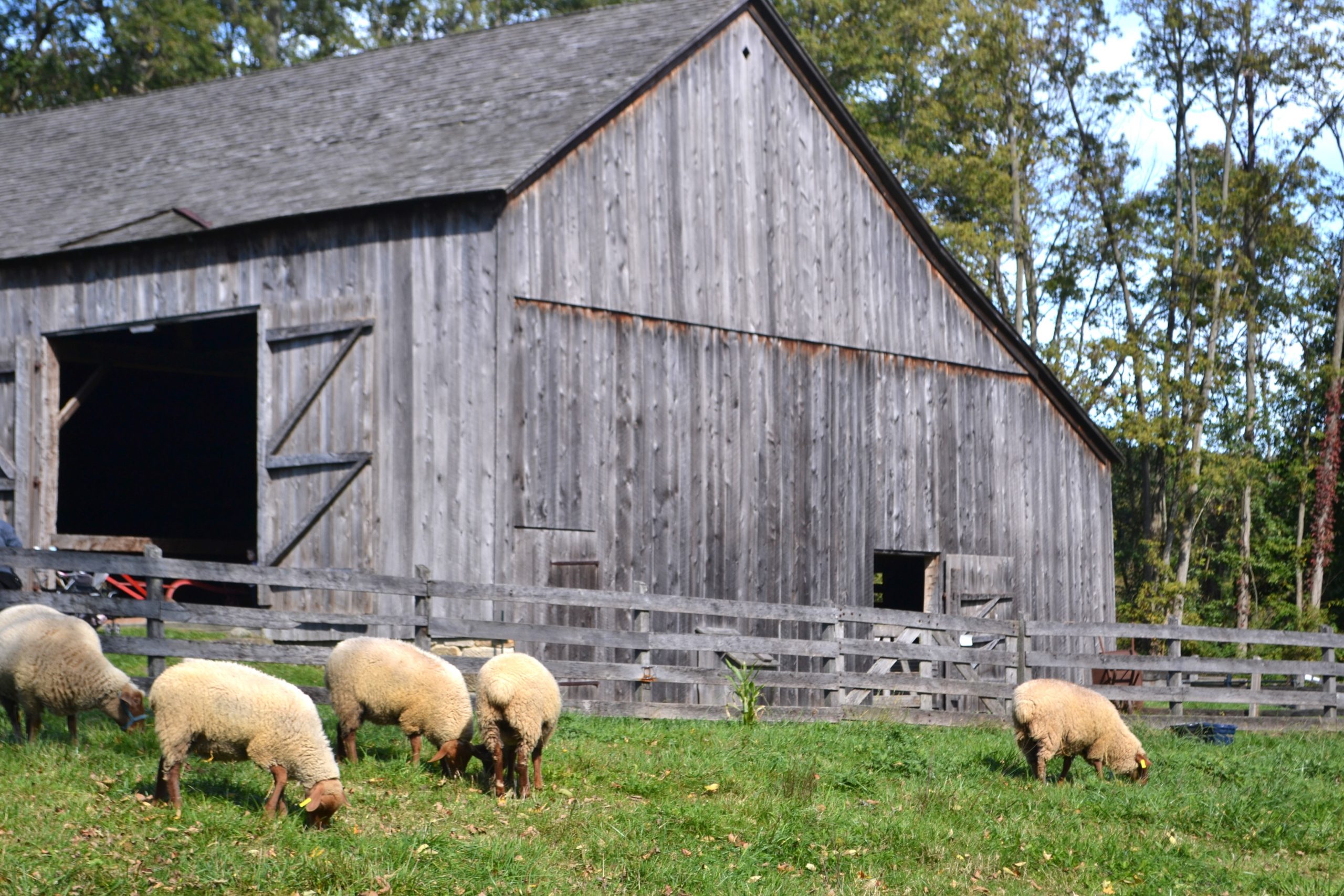
Visiting Hale Farm & Village reminded me of middle school field trips. I was so excited to explore this late-19th century farm, see the adorable farm animals and hop aboard a horse drawn carriage, It felt as though I was on a set of Little House on the Prairie as actors wore period clothing and portrayed characters from days gone by.
The Herrick Home, built in 1845 reminded me of the Irish roadside homes with its mix of stone and simple design. Jonathan Herrick was a sandstone worker from Twinsburg and made his living working in local quarries. This beautiful building was moved to Hale Farm & Village in 1981.
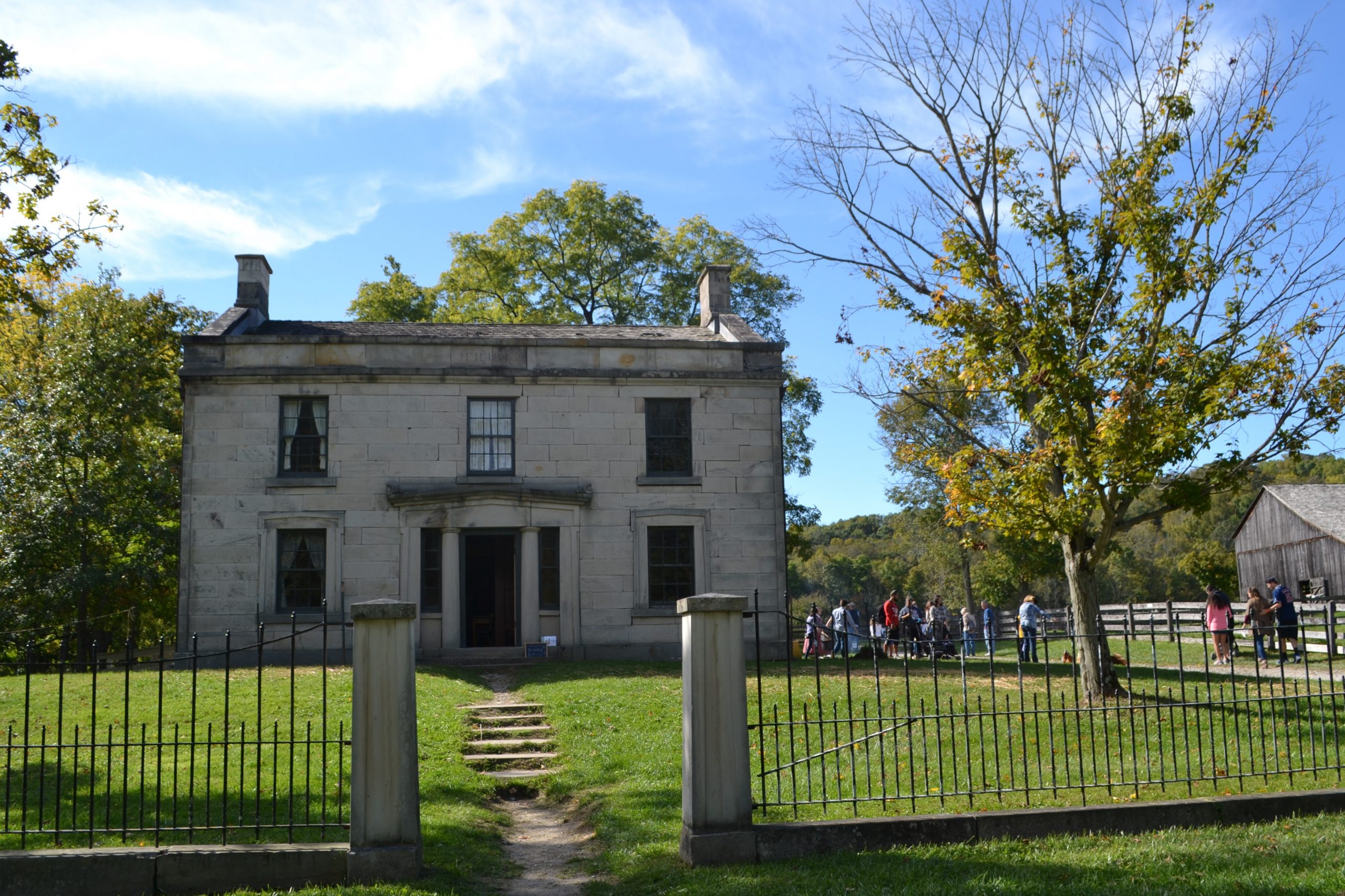
From stone, hewn-stone, brick and wood, the many structures on Hale Farm & Village are incredibly fascinating and educational.

Entering the Old Baptist Church, I remembered visiting similar churches in southern Ohio when our family would camp on the weekends. I loved visiting these small, close-knit communities where the locals would host afternoon potlucks, hold prayer vigils and rally together to help their neighbors in time of need.
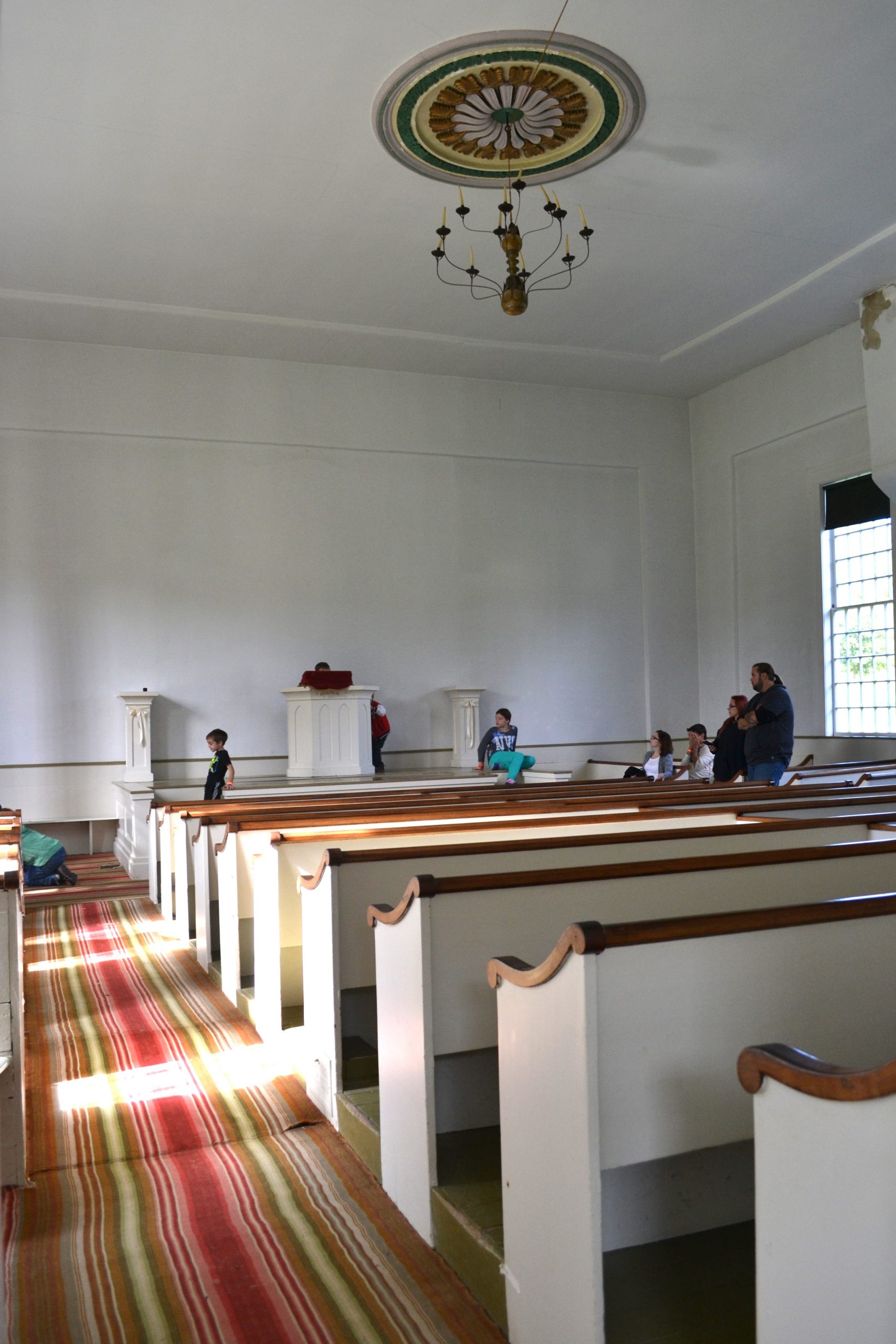
This particular church, with its impressive steeple, was brought to Hale Village from Streetsboro, Ohio and is also referred to as the Hale Farm Meetinghouse. When I walked into the church, I could smell the familiar mustiness as my eyes were drawn to the pulpit. Lines of pews were strategically placed in the large, open room flanked by rows of windows letting in the afternoon light. The organ and its oversized pipes were standing in the back of the church waiting for the next organist to play a traditional hymn.

The Goldsmith House, painted in sunshine yellow, was moved from Willoughby, Ohio in 1973. Initially built in 1831, this structure represents the homes of the wealthy in this time period.
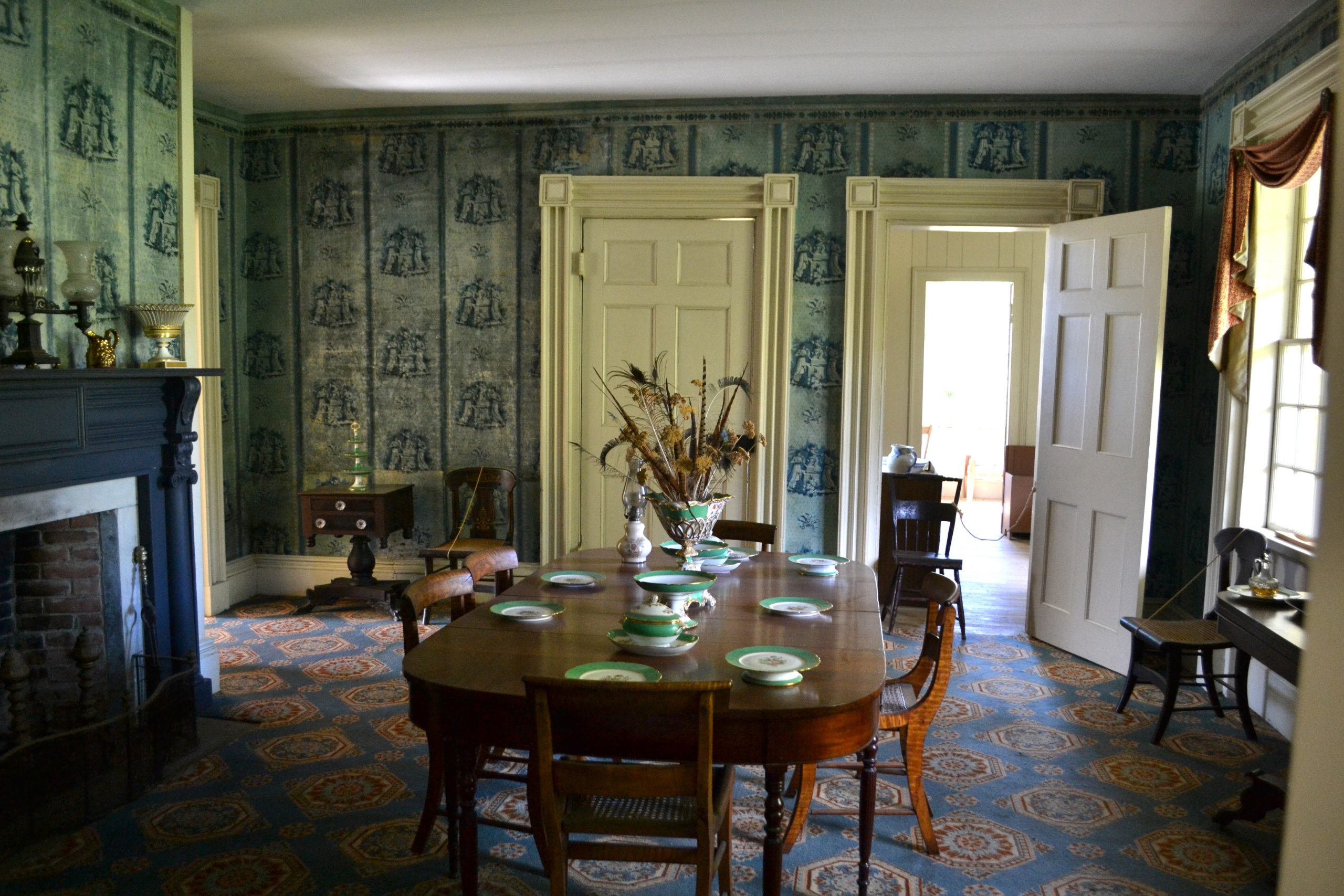
The two-story home was more contemporary than the Jonathan Hale house with time-period furnishings and elaborate decorative accents such as wall paper and carpeting. Downstairs was the dining room, family room and kitchen area. Upstairs were the bedrooms and stairs from the outside led to a cellar where food items were stored.
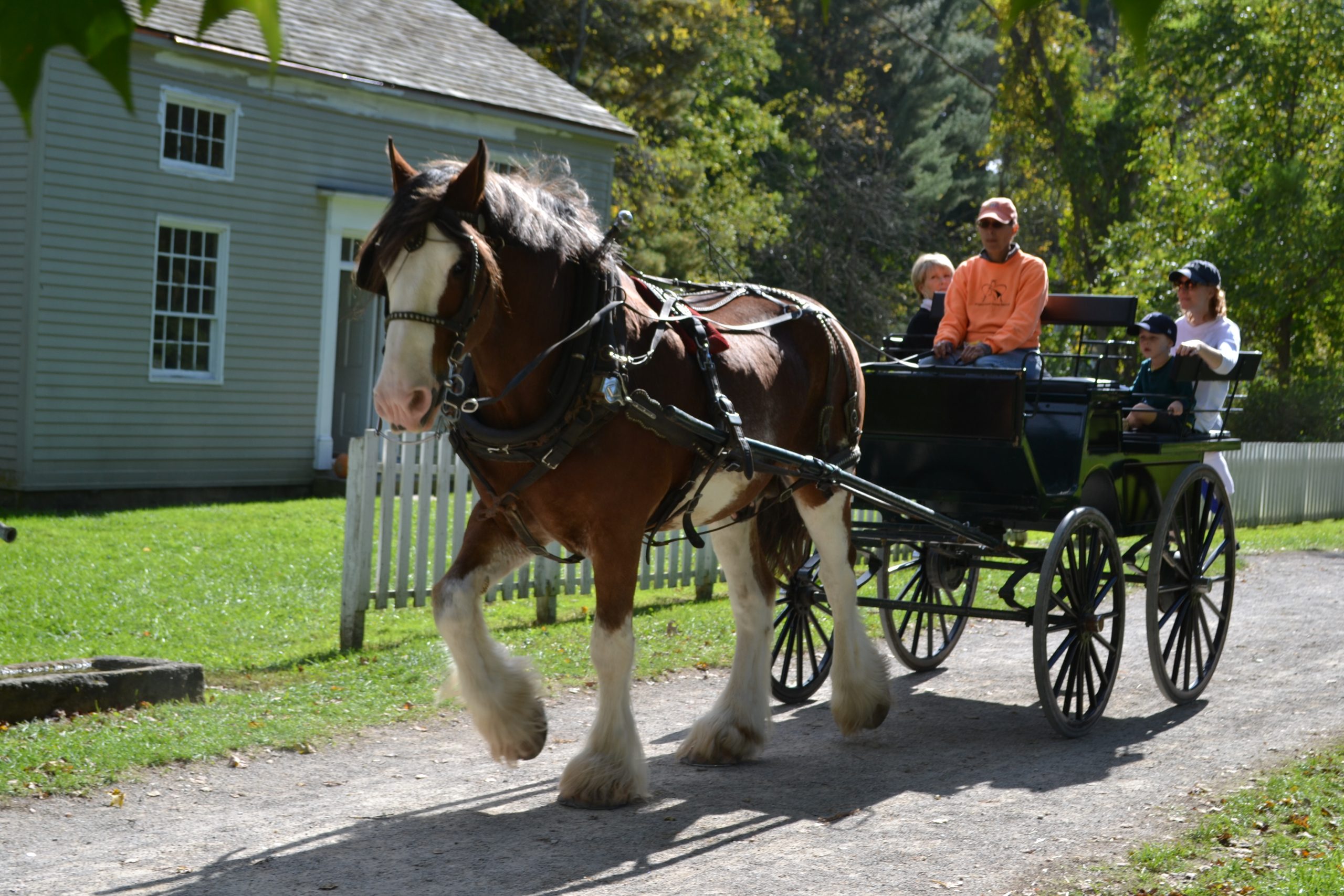
I managed to visit all of the structures of the village and decided to board the horse and buggy before trying my luck at the corn maze. With about a half an hour before leaving for my hotel, I traced my steps back towards the Welcome Center for any additional information about Hale Farm & Village.
When Jonathan Hale died in 1854, his son, Andrew, continued to live on the property until his death in 1884. The Old Brick was passed down to Andrew’s son, Charles Oviatt, who converted the home into a weekend vacation home for those who wished to escape the city.
Since Charles did not have any children of his own, his niece Clara purchased the farm and upon her death in 1953, left the house and property to the Western Reserve Historical Society. The historical society renovated the structures and turned it into a living history museum, opened to the public to enjoy. In 1973, Hale Farm & Village was listed on the National Register of Historic Places.
Have you visited Hale Farm & Village? Did you attend one of its many amazing events? I would love to hear about your experience if you would kindly leave a message in the comments section below. Many thanks for reading about my fun, educational experience at Hale Farm & Village and wishing you many amazing travels!
What to See and What to Do:
Hale Farm & Village
2686 Oak Hill Road
PO Box 296
Bath, Ohio 44210
Telephone: 330 666 3711
- Admission Fee: $15 for adults ages 13 & up; $8 for children ages 3 – 12; WRHS members, active military and children under the age of 2 and younger are free
- Hours: Daily from 10AM to 5PM with the exception of holidays. Check the website before your visit as there may be special events and a change in hours depending on the season.
- Amenities: Period actors, historical sites for self-guided experiences, the Marketplace to purchase beverages and snacks, free parking, restrooms
- Scenic View: The farm animals, historical buildings
- Length of Visit: 2 – 3 hours
- Tips for Your Visit: Wear comfortable clothes because there is a lot of walking. Your ticket is valid all day, so you can leave and come back to explore the park.
Where to Stay;
The Ohio Motel
2248 N. Cleveland Massillon Road
Bath, OH 44333
Telephone: 330 659 9999
Where to Eat:
Ken Stewart’s Tre Belle
1911 N. Cleveland Massillon Road
Bath, OH 44333
Telephone: 330 666 9990
What to Read:
- The Jonathan Hale Farm, by John Horton and Herman Vail
- Edith Hale: A Village Story, by Thrace Talmon
Disclosure: Please refer to our blog disclaimer tab for more information.
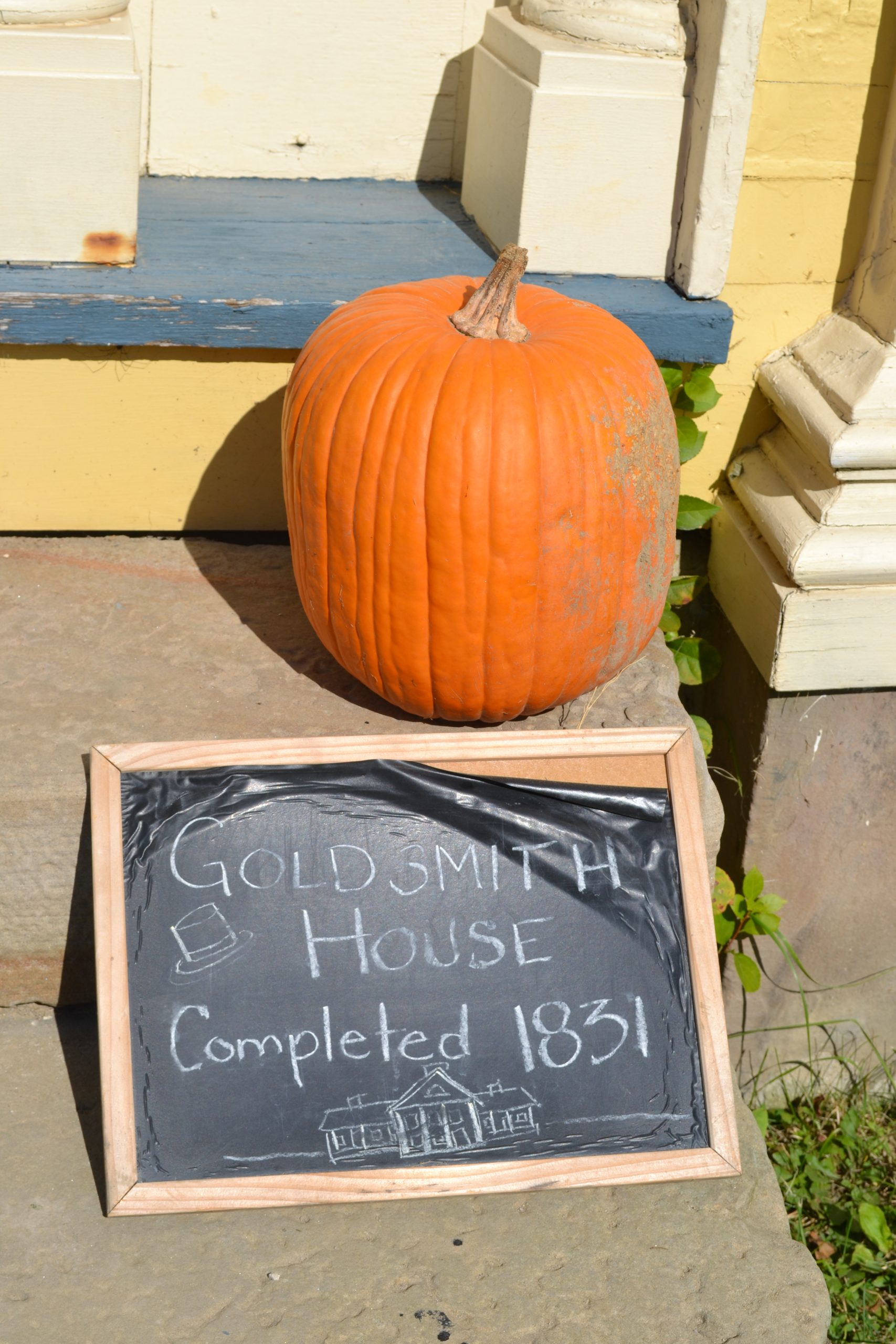

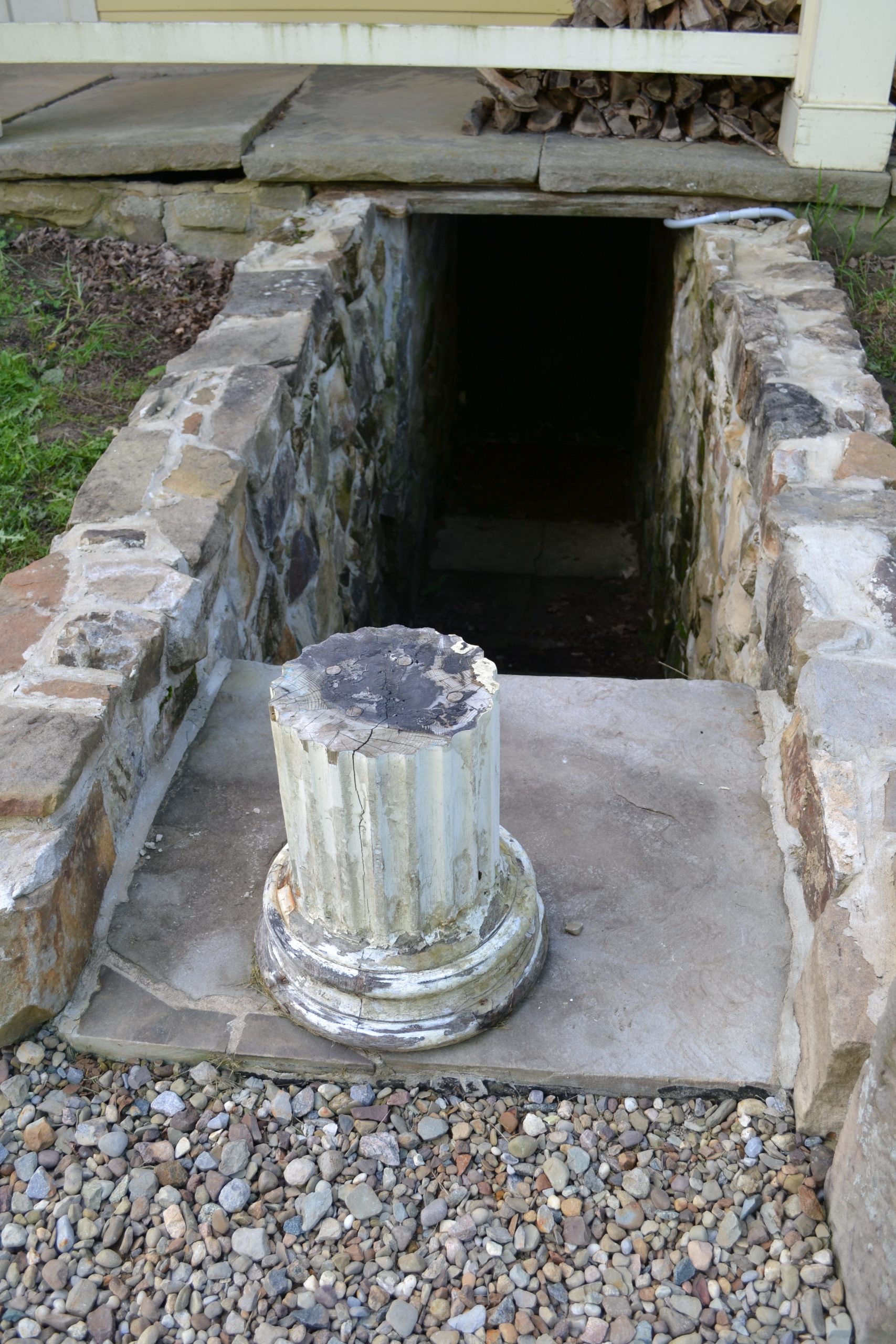
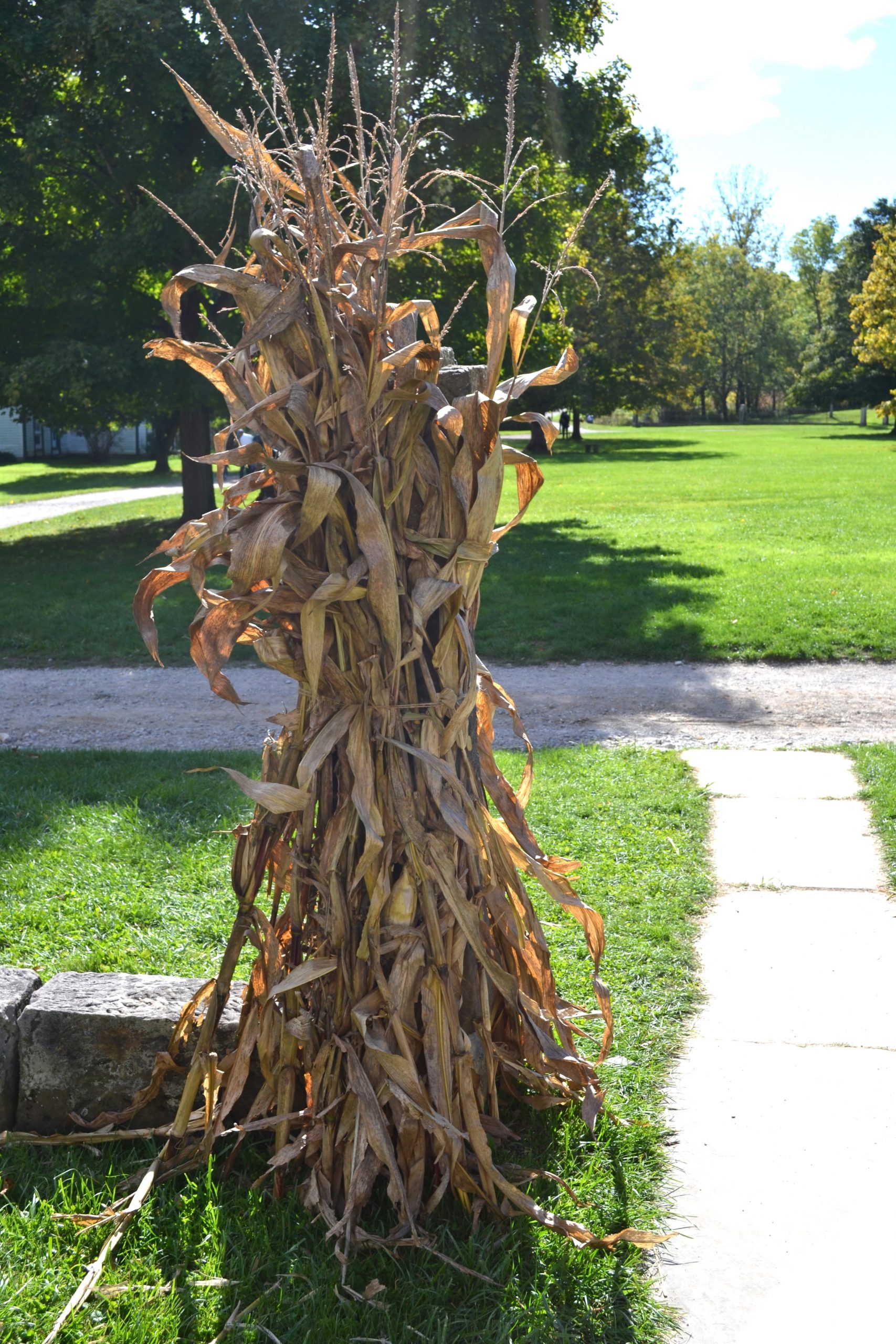

Disclosure: Please refer to our blog disclaimer tab for more information.
